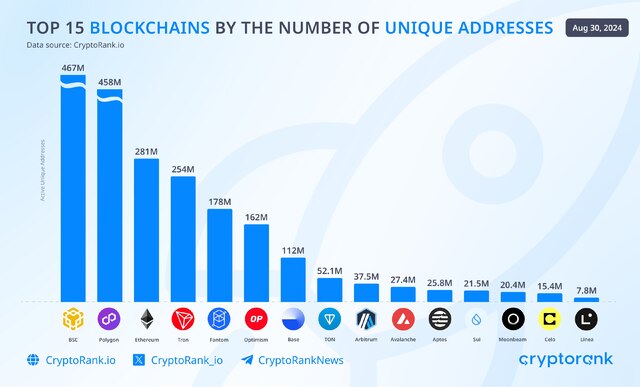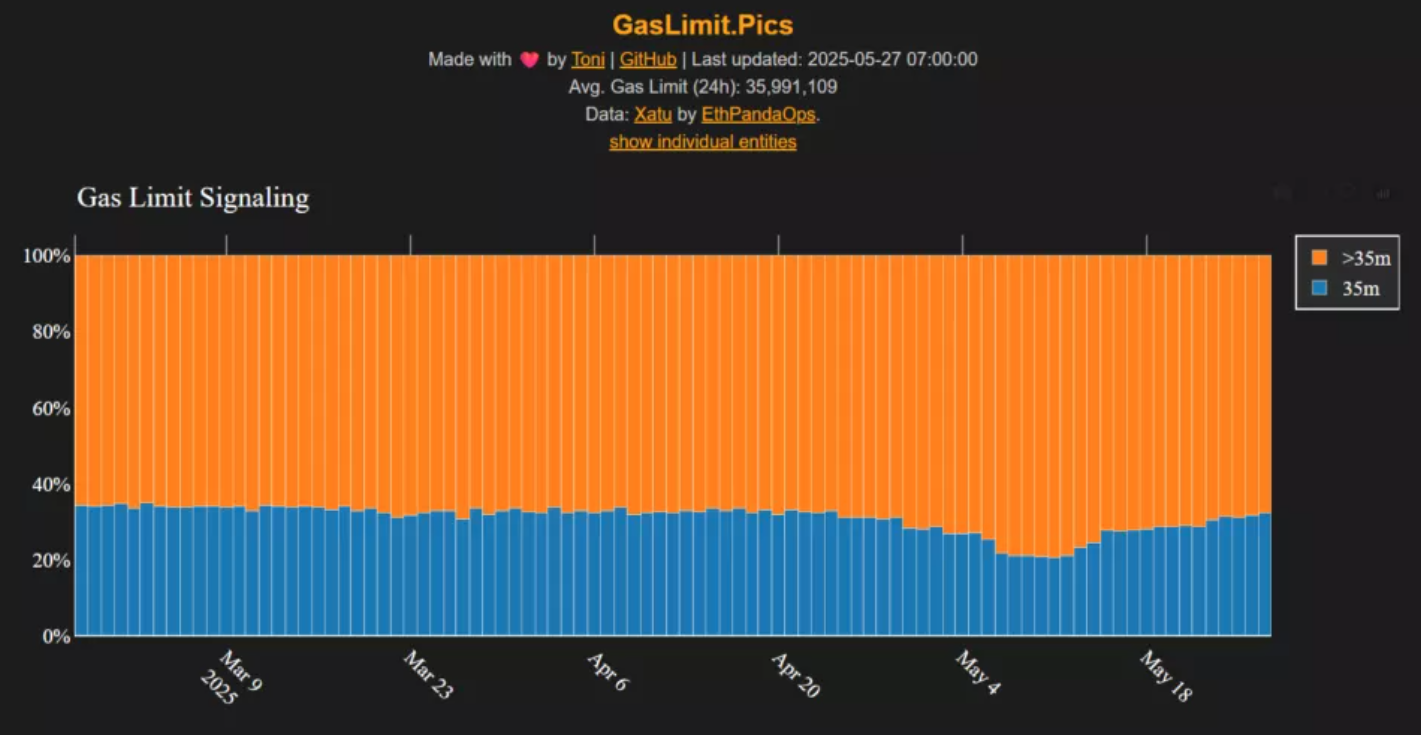The Lindy Effect is a theory suggesting that the longer something exists, the more likely it is to continue existing in the future. This idea applies not only to finance and technology but also to blockchains such as Bitcoin and Ethereum.
How does it work? Here are some examples:
- Longevity: The longer a blockchain operates, the higher the chance it will continue to do so, as it has already stood the test of time, successfully enduring attacks and crises.
- Trust and Adoption: People tend to trust technologies that have proven their reliability and have been in the market for a long time. For example, Bitcoin, which has been around since 2009, has earned more trust compared to newer cryptocurrencies like Solana.
- Evolution and Development: Older blockchains go through numerous updates, making them more reliable and functional.
- First-Mover Advantage: Pioneers like Bitcoin gain advantages due to accumulated trust and recognition, helping them withstand competition more easily.
- Network Effect: The longer a technology exists and the more people use it, the more valuable it becomes.
Origin of the Theory
The Lindy Effect was first mentioned by Albert Goldman in 1964 in his essay on the influence of television shows. Nassim Taleb, author of “The Black Swan,” popularized this theory by applying it to financial markets and risk management. He also introduced the concept of antifragility — the ability of a system to not only survive stress and uncertainty but also to become stronger. For example, Bitcoin and Ethereum have not only withstood the test of time but have also become more reliable and resilient.
The Lindy Effect explains why some older blockchains continue to attract attention and investment despite the emergence of more technologically advanced cryptocurrencies.










